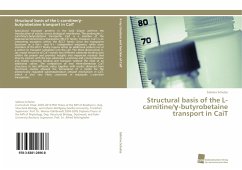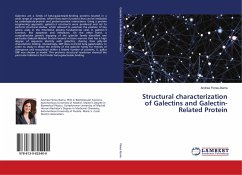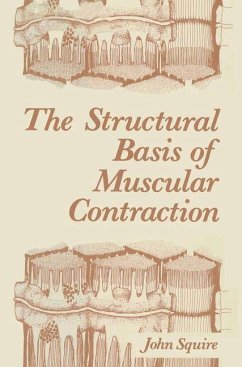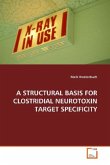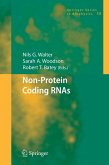Specialized transport proteins in the lipid bilayer perform the translocation of solutes across biological membranes. The prokaryotic L-carnitine/Gamma-butyrobetaine transporter CaiT is a member of the betaine/carnitine/choline transporter (BCCT) family. However, CaiT is an interesting exception within the BCCT family since the transporter functions as a Na+- and H+- independent antiporter, while most members of the BCCT family require either an additional sodium ion or a proton to transport substrates into the cell. The three-dimensional X-ray crystal structure of CaiT reveals two different substrate-binding sites within the protein and provides insights into important residues that directly interact with the two substrates L-carnitine and Gamma-butyrobetaine and enable substrate binding and transport without the need of an additional cation. The comparison of two three-dimension CaiT structures in two different states together with results obtained from functional studies allowed the formulation of a model for the allosterically regulated substrate/product antiport mechanism in CaiT, which is also very likely conserved in eukaryotic L-carnitine transporters.

